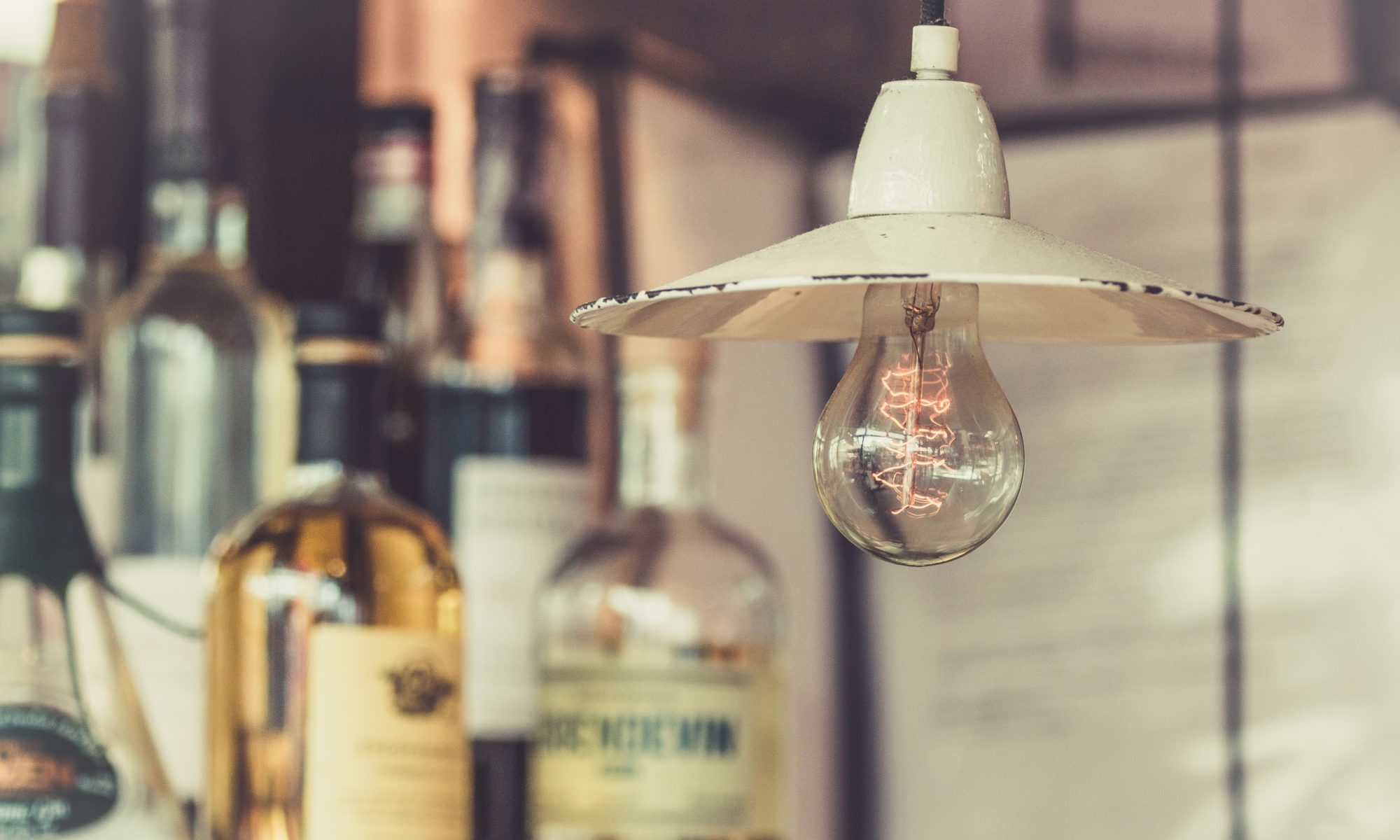
If you have visited CRAFTED lately, it’s pretty evident that we love American Whiskey. We have an eclectic selection of the stuff; From Bourbon to Rye and everything in between. If you have ever wondered what the differences, rules, and regulations for whiskey production are… Wonder no more.
American Whiskey Classifications
There are several classifications of American whiskey, including straight, Bottled-in-Bond, and light whiskey:
Straight: This type is aged in white, charred oak barrels at 160 proof or less and aged at least two years. It is blended with water to no less than 80 proof and must be 51 percent grain by volume. About half of US consumption is straight whiskey.
Bottled-in-Bond: According to the Bottled Bond Act of 1894, American straight whiskey can be housed free of taxes while it ages, and is not taxed until it is removed from the warehouse to be sold.
It must be aged a minimum of 4 years, although most are aged longer. It is bottled at a minimum of 100 proof, and placed in a “bonded warehouse,” completely under the direct supervision of the Internal Revenue Service. Taxes are paid when the whiskey is released from the holding warehouse.
Light: This type is stored in standard or uncharred new oak containers and is between 161 and 189 proof. Blended light whiskey is mixed with less than twenty percent straight whiskey, and is made of corn. This classification is the newest, established in 1972.
What about Bourbon?
Born in America, Bourbon is a variety of whiskey made with the addition of at least 51 percent of corn and must be aged in charred white oak barrels. Contrary to popular belief, Bourbon does not need to be aged for a minimum of two years (“Straight Bourbon” does.) So technically, a whiskey could be aged for one day and be called Bourbon. Here are the simple rules:
- Made in America
- Mash bill made up of at least 51% corn
- Distilled to no higher than 160 proof
- Barreled at no higher than 125 proof
- Aged in new charred oak container
- bottled at no less than 80 proof
What does liquor “proof” mean?
“Proof” in the United States, is exactly twice the level of pure alcohol by content.
If a liquor is labeled 100 proof, it is 50 percent alcohol. Aging of all whiskeys is done in the barrels prior to bottling, not after. The longer it is aged, the smoother the whiskey.
Come into CRAFTED to browse our ever-changing Whiskey selection.



You must be logged in to post a comment.